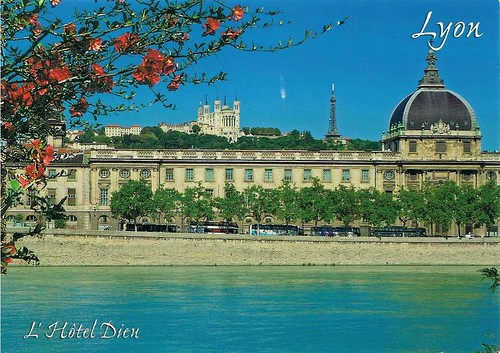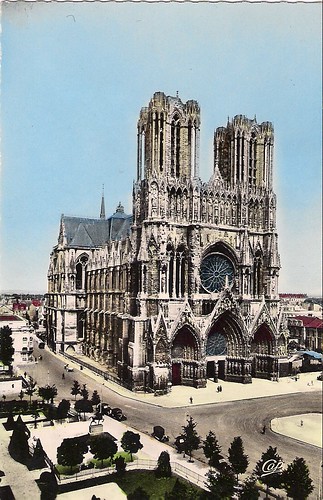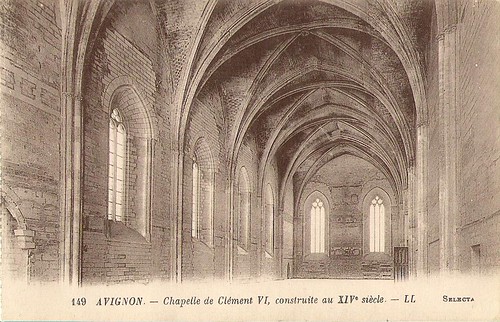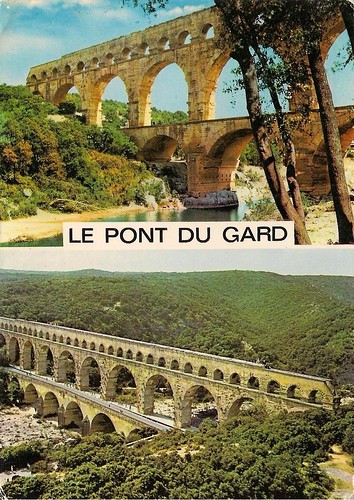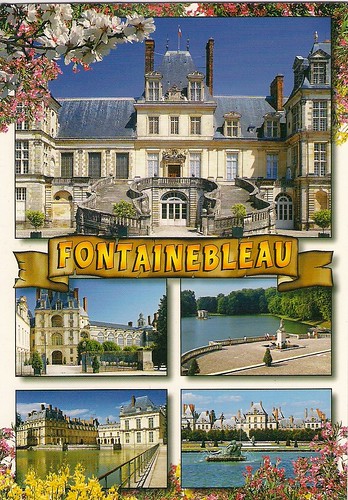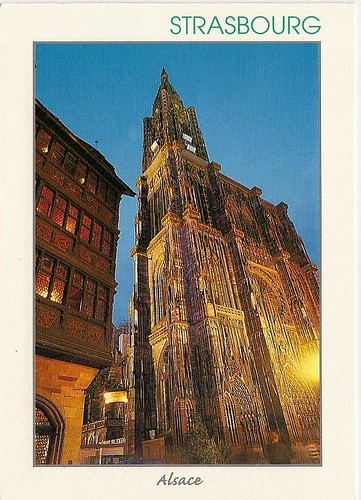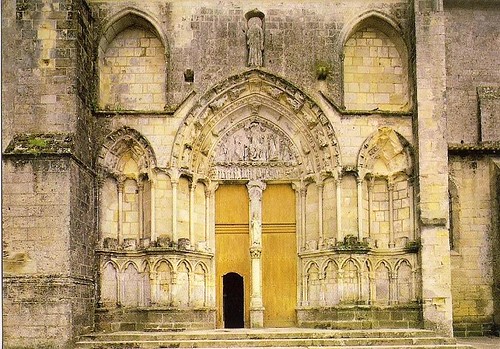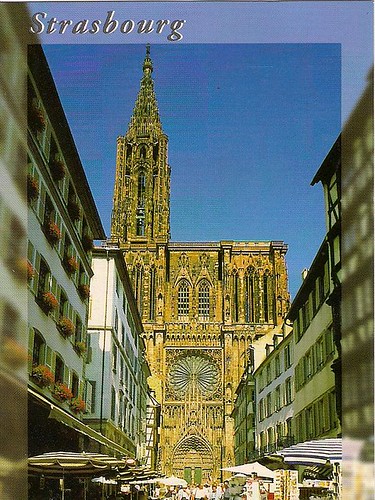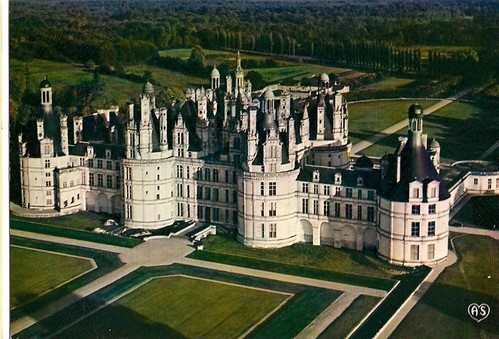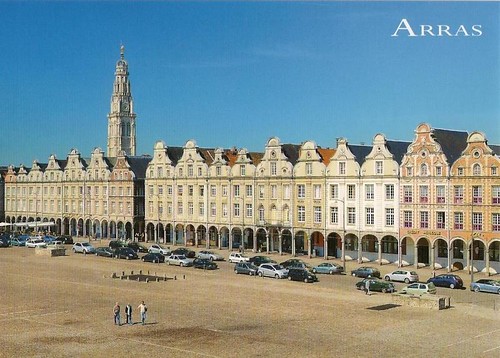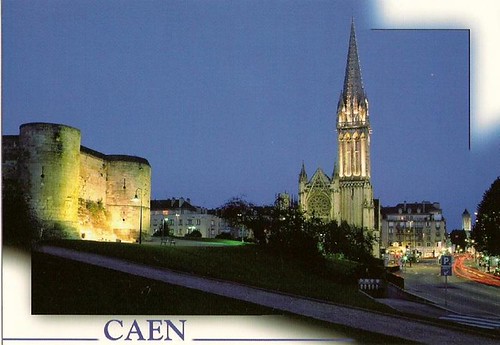Saint-Émilion, France
Saint-Émilion is a commune in the Gironde department in Aquitaine in south-western France.
Saint-Émilion's history goes back to prehistoric times and is a World Heritage site, with fascinating Romanesque churches and ruins stretching all along steep and narrow streets.
The Romans planted vineyards in what was to become Saint-Émilion as early as the 2nd century AD. In the 4th century, the Latin poet Ausonius lauded the fruit of the bountiful vine.
The town was named after the monk Émilion, a travelling confessor, who settled in a hermitage carved into the rock there in the 8th century. It was the monks who followed him that started up the commercial wine production in the area.

